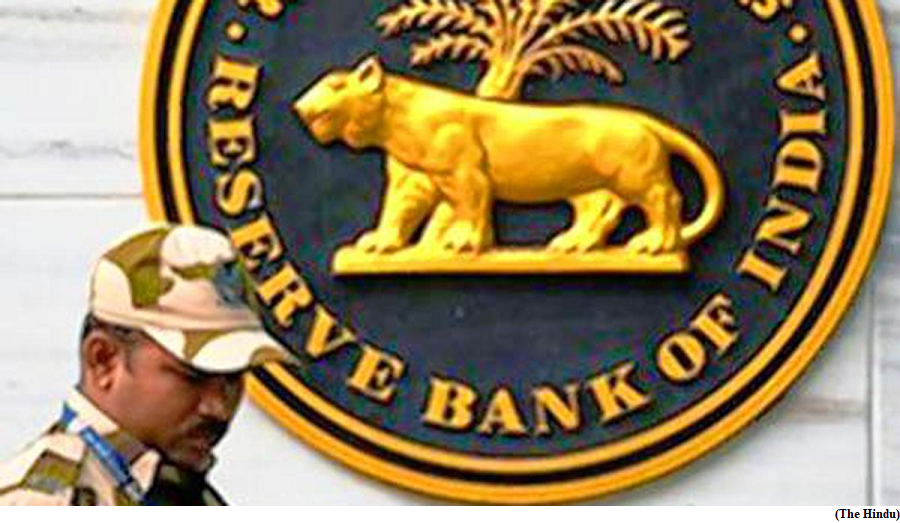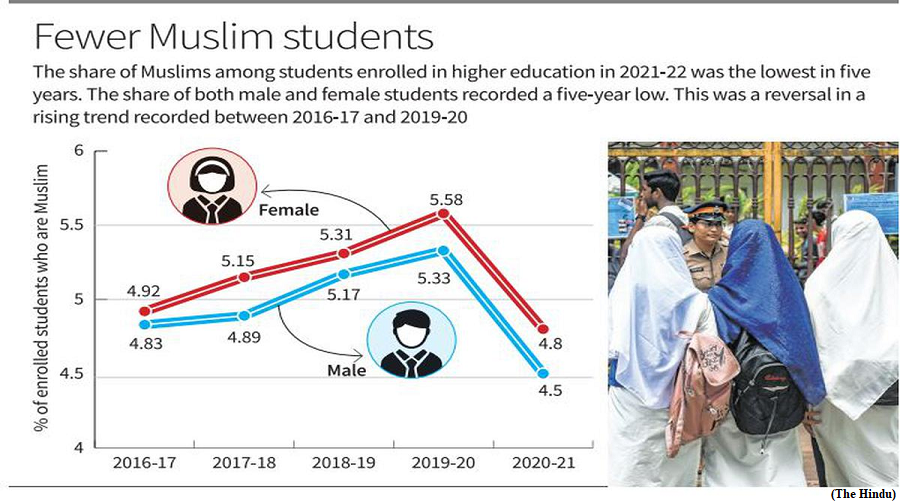The need to disclose political donations (GS Paper 2, Polity and Constitution)

Why in news?
- With the hearings in the Supreme Court on the electoral bonds challenge having concluded, it is important to discuss how important the outcome of this challenge will be to democracy and rule of law in India.
- The amendments made to the Representation of the People Act 1951 and other laws which provide for electoral bonds, provide complete anonymity to political donors.
- The requirement all over the world on this issue on the other hand has been the diametrical opposite; requirement of full disclosure on donations to political parties, either by individuals or corporations.
Laws in U.S:
- As far back in 1910, the United States of America enacted the Publicity Act, which not only made all funding of political parties and candidates to be disclosed, it also imposed limits on political contributions.
- There were also other laws which regulated these limits, and imposed limits on campaign spending. These conditions were challenged and the U.S. Supreme Court in Buckley versus Valeo in 1976, not only upheld the public disclosure requirements of funding of political parties, but also upheld the limits on contributions to be received, as being constitutional.
- It held that to the extent that large contributions are given to secure a political quid pro quo from current and potential office holders, the integrity of the system of representative democracy is undermined.
- The mere impression of misuse may be sufficient to erode confidence in the political system and democracy.
Regulation in the EU:
- In 2014, the European Union enacted a Regulation of the European Parliament and of the Council on the funding of European political parties and European political foundations.
- Under this Regulation, there were limits set on the value of donations that parties and foundations may accept per year and per donor. While donations from natural persons under a certain value can be anonymised, all donations exceeding that value have to be disclosed. Large donations above a certain value require not just disclosure but immediate reporting to the authority.
- Further, political parties are also required to file annual financial statements of their revenue and expenditure, their list of donors and corresponding donations.
Law in U.K:
- In the U.K., under the Political Parties, Elections and Referendums Act 2000, there are restrictions on the donations and loans a political party can accept, and requirements for the declaration of the source of the donations.
Commonality:
- There are thus two distinct requirements that most legal regulations have for funding of political parties; complete disclosure of donors above certain minimal amounts and limits or caps on donations.
Public disclosure:
- There is need for public disclosure of funding because political parties are the pillars of representative democracy and transparent accounts are the key to preserving citizens’ trust in parties and politicians, maintaining the rule of law and removing corruption in the electoral and political process.
- Limits on donations are imposed because unchecked large donations to political parties and their allies have the effect of bringing democracy into disrepute.
- The outcome of elections should not depend on which party has more money to campaign and woo, or buy voters. The separation of wealth from power is a basic condition of a democratic system.
Way Forward:
- A key element of democracy is electoral justice. Electoral justice ensures that every action, procedure and decision related to the electoral process is in line with the law and that the enjoyment of electoral rights are protected.
- An electoral justice system upholds the rule of law and guarantees the democratic principle of holding free, fair and genuine elections.
- Electoral bonds which keep donor details undisclosed are violative of the democratic requirements of transparency and will undermine free and fair elections. Therefore, merely holding them unconstitutional is not enough.
RBI’s latest move to increase risk weights for lending
(GS Paper 3, Economy)
Why in news?
- Seeking to rein in an observed rise in unsecured personal loans and credit cards, the Reserve Bank of India (RBI) directed banks and Non-Banking Financial Companies (NBFCs) to reserve more capital for risk weights.
- The mandatory risk weight requirement has been increased by 25 percentage points. This would be applicable to unsecured personal loans, credit cards and lending to NBFCs.

Credit risk:
- The idea is to address the notion of ‘credit risk.’ It refers to the risk entailed by a borrower being unable to meet their obligations or defaulting on commitments.
- ‘Risk weights’ are an essential tool for banks to manage this risk. This metric, in percentage factors, adjusts for the risk associated with a certain asset type. It is an indicator of the essential holding the lender should ideally have to adjust the associated risk. This is what the RBI has directed to be increased.
- The primary purpose of effective risk management by banks is to maximise their returns by maintaining credit risk exposure within acceptable parameters.
What has the RBI proposed?
- Earlier, the RBI had raised concerns about the growth seen in consumer credit and increased dependency of NBFCs on bank borrowings. Now, it has directed that the risk weight for consumer credit exposure be increased by 25 percentage points to 125%, for all commercial banks and NBFCs.
- This would apply to personal loans (and retail loans for NBFCs), excluding housing loans, education loans, vehicle loans and loans secured by gold and gold jewellery. At present, exposures in this realm mandate a risk weight of 100%.
- Credit card loans of scheduled commercial banks (SCBs) currently attract a risk weight of 125% while that of NBFCs attract 100%. The apex banking regulator has decided to increase the risk weight to 125% for NBFCs and 150% for SCBs.
- The bank credit to NBFCs, excluding core investment companies, also had their risk weights increased by 25 percentage points. This would, however, not apply to housing finance companies and loans to NBFCs classified into the priority sector.
Why were the changes necessary?
- While presenting the monetary policy statement in October, The RBI Governor had flagged concerns about the “high growth” in “certain components of consumer credit.” He advised banks and NBFCs to “strengthen their internal surveillance mechanisms, address the build-up of risks, if any, and institute suitable safeguards, in their own interest.”
- Ratings agency Moody’s also put forth that higher risk weights are intended to “dampen lenders’ consumer loan growth appetite.”
What are the chief concerns?
- The primary concerns relate to the impact on capital adequacy and the bank’s overall profitability.
- S&P’s latest report states that slower loan growth and an increased emphasis on risk management will likely support better asset quality in the Indian banking system.
- However, it adds that the immediate effect will likely be higher interest rates for borrowers, slower loan growth for lenders, reduced capital adequacy, and some hit on profits.
- NBFCs face a “double-whammy” because of higher risk weights on their unsecured loans and on account of the bank lending mandates to NBFCs.
- Bank lending to NBFCs remained the principal source of funding for NBFCs — constituting 41.2% of the total borrowing of entities as of March end. It is expected that the increased costs would be passed onto borrowers.
Muslim student strength in higher education fell by 1.79 lakh in 2020-21
(GS Paper 2, Education)
Why in news?
- Enrolment in higher education among Muslim students in the age group of 18-23 dropped by more than 8.5% in 2020-21, says a report prepared from the analysis of data from the Unified District Information System for Education Plus (UDISE+) and the All India Survey of Higher Education (AISHE).
- While 21 lakh Muslim students enrolled for higher education in 2019-20, the number fell to 19.21 lakh in 2020-21.

Key Highlights:
- From 17,39,218 Muslim students enrolled in higher education in 2016-17, the number increased to 19,21,713 in 2020-21. However, in 2020-21, the Muslim enrolment in higher education declined to 19,21,713 students from 21,00,860 students in 2019-20, thus showing a decline of 1,79,147 students in absolute terms.
- The percentage of Muslim students enrolled in higher education relative to the total number of students enrolled also saw a slight decrease, falling from 4.87 in 2016-17 to 4.64 in 2020-21.
- A significant trend that is observed across all States and Union Territories is that the enrolment percentage of Muslim students in Classes 11 and 12 is lower than that in the previous classes.
- The representation of Muslim students starts declining gradually from Class 6 and is the lowest in Classes 11 and 12.
Regional variations:
- The States such as Bihar and Madhya Pradesh have relatively low Gross Enrolment Ratio for Muslim students, which indicates that many Muslim children in these States are still out of the education system.
- The report says that 18.64% of Muslim students enrolled in the secondary level drop out of schools, which is higher than the 12.6% dropout rate for all students.
- Assam (29.52%) and West Bengal (23.22%) recorded high dropout rates among Muslim students, while Jammu and Kashmir recorded 5.1% and Kerala 11.91%.
Recommendations:
- Implementing targeted support and inclusive policies can help bridge this gap and provide equal educational opportunities for all.
- Many Muslim students come from low-income families and struggle to afford the cost of higher education.
- To address this issue, it is essential to provide financial assistance and support to deserving students who face financial constraints.
- Enhancing and increasing the number of scholarships, grants, and financial aid opportunities targeted explicitly at Muslim students can significantly alleviate the financial burden and help more deserving students access higher education.




